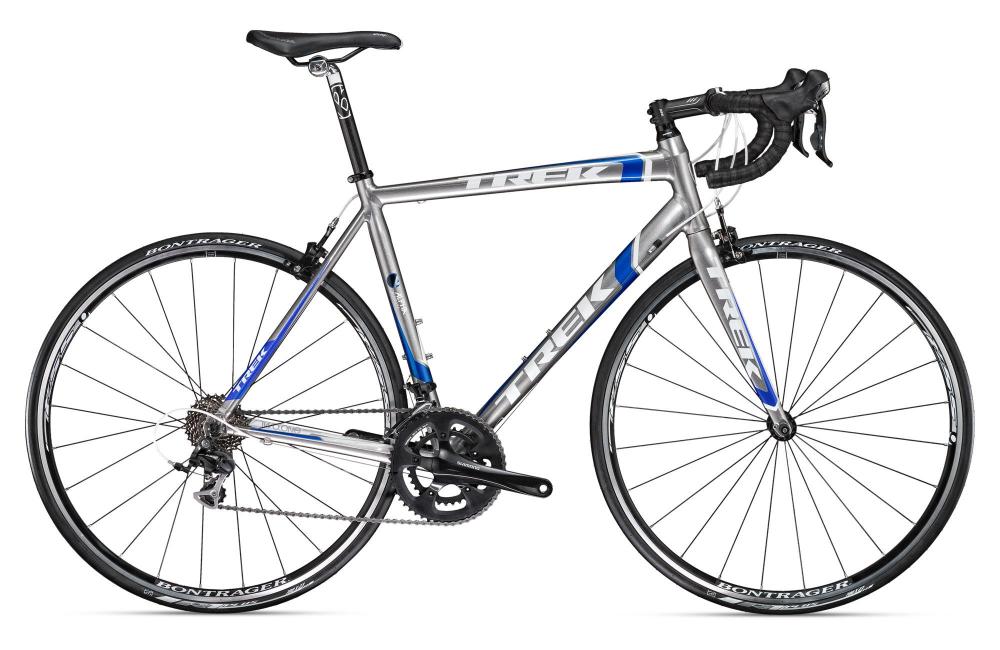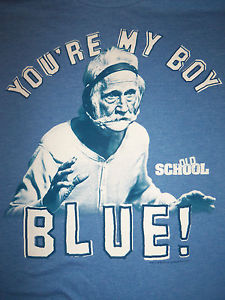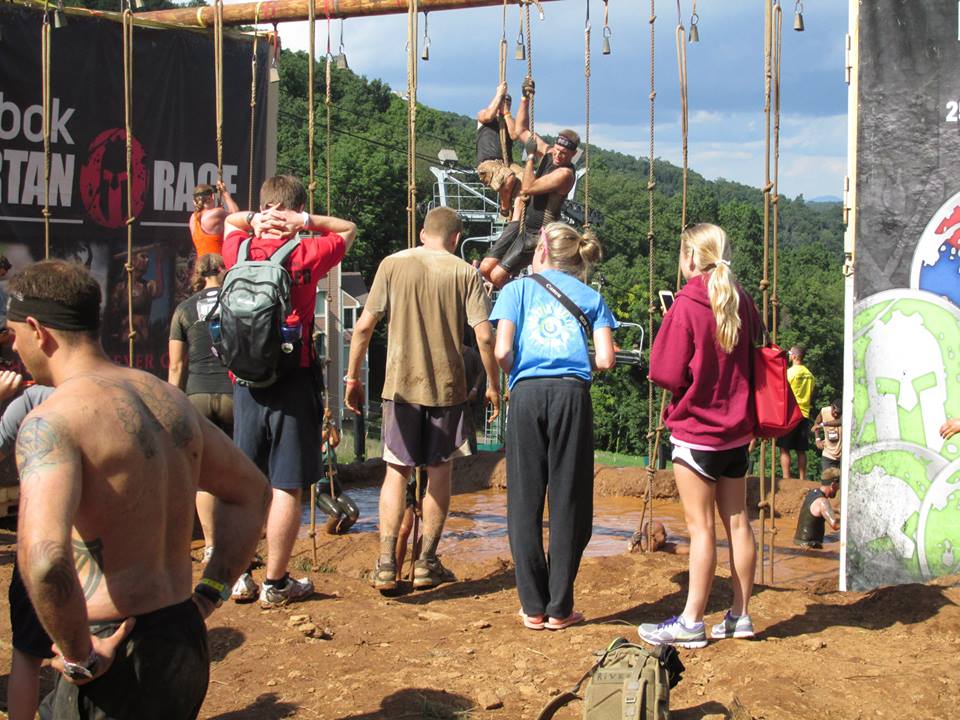
Hobbled in the Park
2014 Xterra Monster Dash 15k Race Report
1:16:21 (8:11/mile)
13/21 AG 29/83 Overall
February 22, 2014 – It has been nearly 14 months since I made my resolution to get back in shape, and thankfully, I have been able to stick with it. My longest timed run to date is a little under 11 miles, but my longest non-obstacle course race was the Monument Avenue 10k back in 2007. Somehow I discovered the Xterra Monster Dash 15k in Pocahontas State Park, which was taking place only a few miles from my house. I put out feelers on Facebook to see who wanted to run with me, and Pat McStay was my only taker.
Pat is a full time soccer coach, and thus, his job involves a lot of running. In fact, he once ran a marathon in less than 4 hours without training. He claims that it was painful, but I think he was just trying to make everyone else in the room feel less bad about themselves. I really had no expectation of being able to keep up with Pat, but at least it would be nice to have someone else I knew running with me.
Before that race, I had heard that your body is capable of more than you think possible because your brain gets in the way and tries to convince you otherwise. Thus, I believed that the key to exceeding your expectations was simply to find a way to push through the pain. The Xterra Monster Dash would teach me, however, that there are other ways to bypass the voices in your head. In short, ignorance is bliss.
Prerace
The day of the race was fairly warm for February, with the high in the 50’s, so it was nice running weather. Still, it was fairly chilly before the race got started. Pat and I had met at the entrance of Pocahontas State Park, and since the check in went so quickly, we had a fair amount of time to kill before the race started. After downing 5 Hour Energy shots, we spent a lot of that time running around the parking lot to stay warm and to loosen up.
The race itself was to be held on the dirt/gravel trails in the park, and I naively figured that there would be mile markers. I did not have a GPS, only a Casio watch with a timer function that I had picked up at Walmart with a $25 gift card that I won the prior July. Unfortunately, we were informed just prior the race start that there were no mile markers. Moreover, there were only two water stations, with the first being “near mile 1” and the second being “somewhere near the mid-point.” In actuality, there were three, because you passed by the first water station on the way back in.
There were only 83 people signed up for the 15k race, but there was also a 5k race being held as well. Both races would start together, but the 5k participants would veer off on another route in the second mile. After gathering near one of the lakes, the runners for both races were off.

**I can be seen in the black shirt in the middle of the photo with Pat to my left in the blue and red ski cap**
Race
Given that Pat is younger and faster than me, we really did not plan to run together. Our plan was simply to take off and see if our respective paces were similar enough to stay together for awhile. Oddly, even though there were not that many runners, we somehow lost sight of each other in the first hundred yards or so. Some of the trails had long straightaways, and I scanned ahead of me to try to find Pat’s red and blue ski cap, but it was nowhere to be seen. That made me think that he might be behind me, but I didn’t see him back there either. After awhile I stopped looking for Pat, and figured that we’d find each other at the finish.
Based upon my training runs, I expected to be able to hold a pace between 8:30 and 8:45 minutes per mile – depending upon how hilly the terrain was over the 9.3 miles of the race. The first water station came quickly, but my trusty Casio only read 6:30. Given that the fastest mile that I have ever run was 6:10 (in high school), I was fairly confident that I was “near mile 1” and not actually at mile 1. At that point, I knew that I would not have a reliable way to pace myself, so I decided that I was going to have to run by feel alone. Thus, I settled into a pace that I hoped I could hold for the entire 9.3 miles without bonking.
For most of the race the trails were fairly wide, and it was no problem when passing (or getting passed by) others. Much different than the Spartan Race at Wintergreen. The biggest issue was that it had rained a fair amount in the week leading up to the race, and there were some areas of standing water, along with some washed out gullies. You had to be fairly attuned to where you were running, lest you step in one of the gullies and twist your ankle. I also made sure that I jumped over the standing water to keep my feet dry to avoid blisters.
Unfortunately, after about 25 minutes of running the outside of my left knee began to hurt. It came on gradually, and I initially thought that it might subside. By the time I hit the water station near the race’s midpoint, the pain had gotten much worse. The pain was tolerable enough to continue, but I had started worrying about doing more damage to whatever was ailing my knee. Anyone who knows me is aware of the fact that I hate losing. Quitting, however, is an order of magnitude worse that losing. Therefore, since I was still able to hold my pace, even with the knee pain, I decided to push on.
By mile 7ish my knee pain had peaked and plateaued, and I was doing fairly well at keeping my mind on other things. An IPod loaded with a running mix helped immensely, but fatigue and oxygen deprivation were also setting in and helping to distract me. My mind was also worried that I might be overextending myself with my pace (whatever it was), and I thought that a bonk might be in my near future. About that time, my thoughts began to focus upon seeing the first water station again, because then I knew that I would be within 7 minutes of the finish.
It was about that time that the race took us on a narrower trail, which ended up having a fairly steep climb. The course had taken us on some rolling hills up to that point, but nothing that made me consider walking. Sadly, I was forced to walk a bit on that climb in order to catch my breath and to try to stop the burning in my legs. Upon reaching the top, there was a welcome downslope and soon thereafter came the third and final water station.
Knowing that I was within 1 mile of the finish line lifted my spirits and gave me a second wind. I soon saw the lake where we began the mass start, but the finish line was next to a pavilion up the hill from the lake. That hill was not as long as the hill that had recently slowed me to a walk, but it still was not a whole lot of fun. Up the hill I went and darted across the finish line, only to see Pat standing there looking calm, cool and collected. He had apparently finished 8 minutes and 21 seconds before me, and was already enjoying some of the post-race refreshments.
Post Race
When I stopped my watch upon crossing the timing mat I saw that I had finished in a little more than 1 hour and 16 minutes. This equated to an 8:11/mile pace, which exceeded my optimistic pace of 8:30/mile by a whopping 19 seconds per mile. I guess the upside to not having a GPS or mile markers is that you have to run by feel. In doing so, you are dependent on what your body is telling you, not what your brain wants to tell you. The Xterra Monster Dash would be the first, but not the last time that I would experience a performance that was unencumbered by the voices in my head.
As the endorphins and adrenaline of the race subsided, the pain on the outside of my left knee got worse, and even walking became a chore. To my dismay, there was no ice at the finish line, so Pat and I parted ways so that I could head home and ice my knee on the couch. I was able to reflect on the race during that time, and while I was elated at my time, I was concerned about my knee. I was scheduled to pick up my new bike from Busher later that day, and I had triathlon plans looming on the horizon, with no time to be hobbled by a knee injury.
I remember hoping that it was a simple strain, and that it would heal within a matter of a week or so. Still, in the back of my mind, I couldn’t help but think that the pain was in the same area of the same leg that plagued me during my junior year of high school. Weeks of outer knee pain during soccer practice ultimately led to an MRI, which revealed a 9 centimeter tumor. The fact that the tumor was benign is the only reason that I still have my left leg today. Subsequent MRIs had confirmed that the tumor had not come back, but I am somewhat of a worrywart, and my last follow up MRI occurred when I was in college. Thus, as I sat there icing my knee after the 15k trail race, I was hoping that it was a minor injury, but I was fearing something far worse.












 We didn’t stick around the event long after we found each other, and it was a relatively short bus ride back to the parking area. From there, we made our way to Carter’s Mountain Orchard outside of Charlottesville and had a good time picking apples and drinking wine before heading home.
We didn’t stick around the event long after we found each other, and it was a relatively short bus ride back to the parking area. From there, we made our way to Carter’s Mountain Orchard outside of Charlottesville and had a good time picking apples and drinking wine before heading home.














